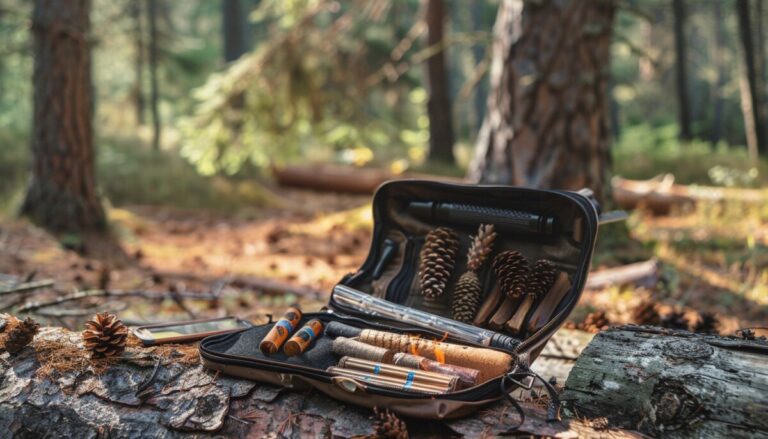The Ultimate Guide to Starting a Campfire: Best Fire Starters for Your Next Adventure
Are you ready to embark on your next camping adventure but not sure which fire starter is best for the job? Look no further! In this ultimate guide, we’ll cover everything you need to know about starting a campfire with ease.
First things first: let’s talk about the different types of fire starters available and how to choose the right one for your needs. There are several options out there, including matches, lighters, flint and steel, and even electric starters. Each has its own advantages and disadvantages depending on your situation. For example, if you’re going on a long backpacking trip where weight is critical, a lightweight waterproof match case or an electric starter might be your best bet. On the other hand, if you prefer traditional methods, a flint and steel set could be just what you’re looking for.
Once you’ve decided on the type of fire starter that works best for you, it’s time to consider some specific models. Here are our top five picks for waterproof fire starters perfect for any camping trip:
1. Ultra Lightweight Matches – These tiny matches are super lightweight and easy to pack in your gear. They come in a watertight container so they won’t get ruined by rain or splashing water.
2. Magnesium Fire Starter – This tool features a magnesium alloy rod that can be used to start fires even when wet. It also includes a built-in striker and emergency whistle.
3. Ferrocerium Rod – Another option for starting fires in wet conditions, ferrocerium rods produce hot sparks when struck against a sharp edge. They’re also compact and lightweight.
4. Butane Lighter – A reliable classic, butane lighters are easy to use and provide a steady flame. Just make sure to keep them away from moisture and store them properly.
5. Electric Firestarter – If you want something truly unique, check out an electric firestarter. These devices use high voltage to create a spark that ignites tinder quickly and easily.
Now that you have all the tools you need, it’s time to learn how to start a campfire with ease. First, gather your supplies: kindling, small logs, larger logs, and plenty of dry tinder. Next, find a suitable location for your fire pit and clear away any debris or vegetation nearby. Then, arrange your fuel in a teepee shape, with smaller twigs at the bottom and progressively larger pieces as you go up. Place your fire starter in the center of the teepee and light it using your preferred method. As the fire begins to burn, add more fuel gradually until you have a nice, warm blaze. Don’t forget to monitor your fire closely and follow proper safety precautions.
In conclusion, choosing the right fire starter for your next camping trip doesn’t have to be complicated. By considering your needs and researching different options, you can find the perfect tool to help you stay warm and cozy around the campfire. Happy camping!

